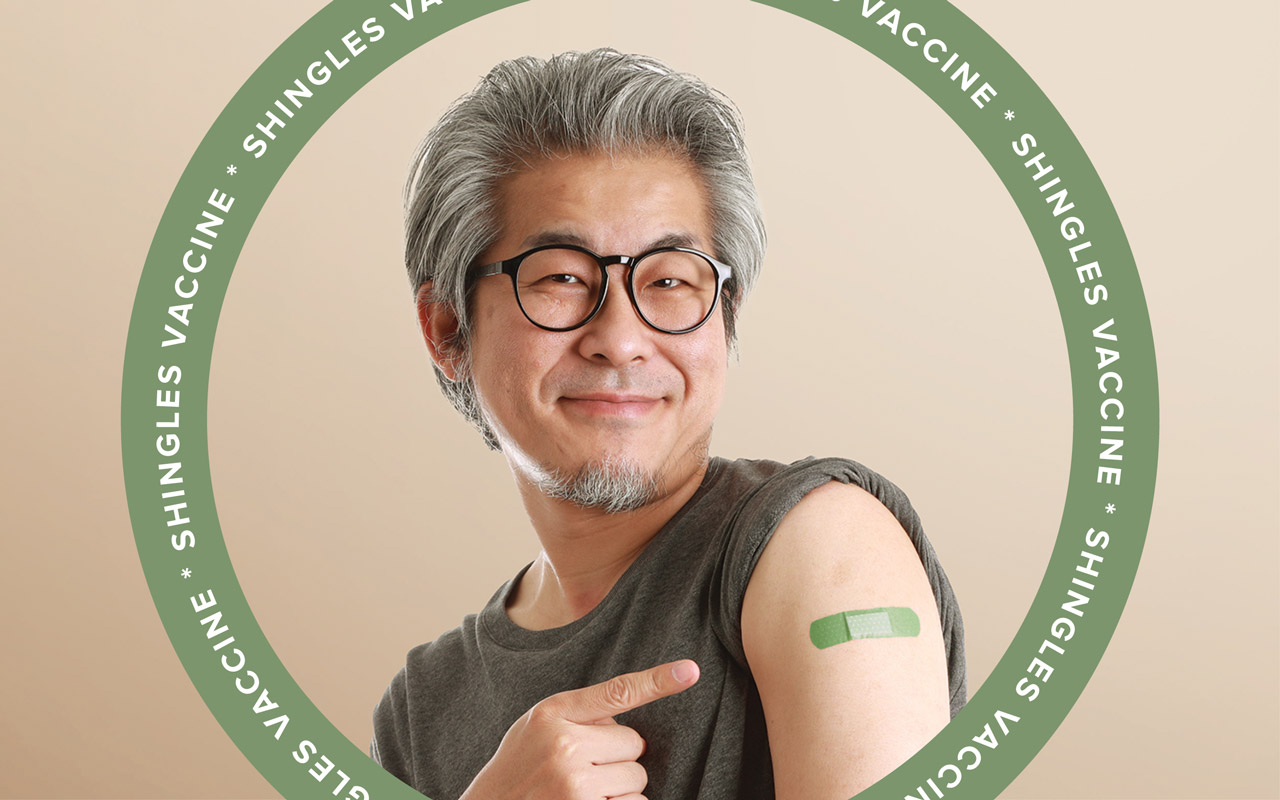 “The pain during and after shingles can have a major impact on your quality of life, and in some cases the pain can remain for months or years,” says Sheila Bagchi, MD, a primary care doctor with Princeton Medicine Physicians, Penn Medicine Princeton Health’s network of primary and specialty care doctors. “If the rash forms near the eyes or nose, it can potentially lead to loss of vision. Other less common complications involve hearing problems, dizziness, and brain inflammation. It is definitely not something that should be taken lightly, which is why it is so important to get vaccinated.”
“The pain during and after shingles can have a major impact on your quality of life, and in some cases the pain can remain for months or years,” says Sheila Bagchi, MD, a primary care doctor with Princeton Medicine Physicians, Penn Medicine Princeton Health’s network of primary and specialty care doctors. “If the rash forms near the eyes or nose, it can potentially lead to loss of vision. Other less common complications involve hearing problems, dizziness, and brain inflammation. It is definitely not something that should be taken lightly, which is why it is so important to get vaccinated.”
The two-dose vaccine is given between two and six months apart, and prevents the infection for many people. If you do develop shingles, the vaccine greatly reduces the severity of the outbreak. Most people 50 or older who have had chickenpox or are not sure if they had the illness, those who previously had shingles, and those who received a now discontinued shingles vaccine called Zostavax, should get the two-dose vaccine, according to the CDC.
Are You at Risk?
“Age is the most important risk factor for the development of shingles,” says Dr. Bagchi. “A significant increase in the incidence of shingles begins at approximately 50 years of age. People on therapies that suppress their immune systems, transplant recipients, and those with HIV or autoimmune conditions are most at risk for developing the infection.”
People experiencing a shingles outbreak can transmit the virus causing chickenpox in those who never had the chickenpox infection or the vaccine that protects against chickenpox. The virus is spread by direct contact with the active skin rash blisters before they crust over.
Seeking prompt medical attention if you think you may have shingles is important, since there are several anti-viral therapies available to help reduce symptoms if treatment begins within a few days of the outbreak.
Watch for These SymptomsShingles usually develops on one side of the body or face. Signs of shingles include:
|

